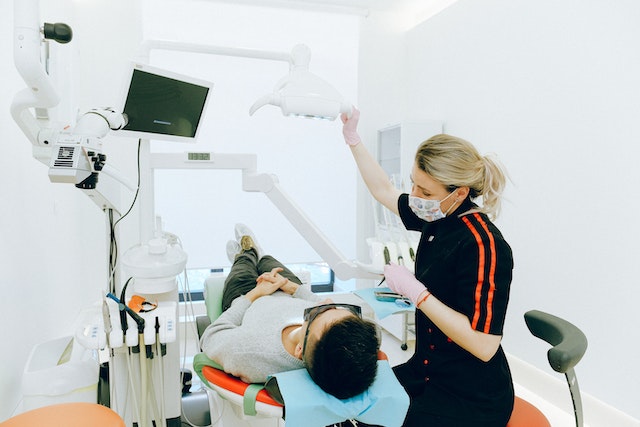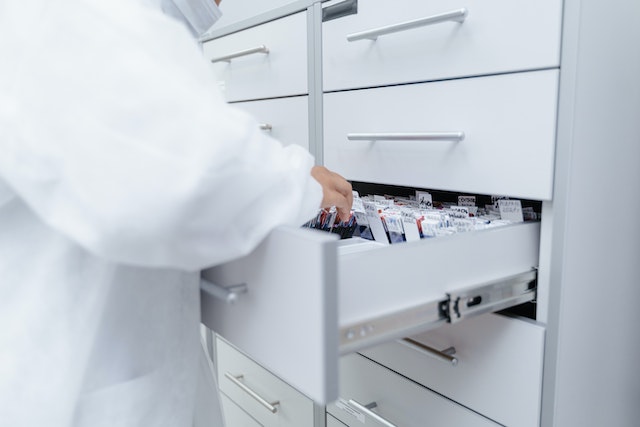Think about the intricate details in your last medical report: the specific terms, the delicate nuances, and the gravity it carried. Now imagine having to convey that weight, precision, and importance across languages—sounds daunting, doesn’t it? The art/science dichotomy in medical translation often goes unnoticed yet is vital. After all, isn’t medicine itself a blend of complex data and compassionate practice?

Do translation companies merely “translate,” or is there a deeper artistry beneath the surface, akin to a surgeon with a scalpel… precise, deliberate, and, above all, immensely consequential? That’s the problem you might be wrestling with, especially if you’re on the brink of sending your crucial medical documents across borders. And guess what? It’s not just about finding a linguistic match; it’s about understanding cultural nuances, medical terminologies, and regional variations—all while maintaining the integrity of the original information.
Navigating the maze of how to translate medical reports is no child’s play; it’s a dance that demands mastery, finesse, and an unerring eye for detail. So, are you ready to delve deep, peel back the layers, and uncover the fascinating world of how translation companies make this magic happen? Let this guide be your compass!
Step 1. Document Analysis
The process of how to translate medical reports begins with a detailed, no-stone-left-unturned document analysis. Why, you ask? Because understanding the intricate nuances, medical jargon, and context—yes, context is king here—is paramount. Think about it; a medical report isn’t just a piece of paper—it’s a culmination of years of expertise, painstaking observations, and precision.

Have you ever tried decoding a prescription or a diagnostic report? It’s not just about the “big medical words.” It’s about the abbreviations, the symbols, the slashes, and the hyphens. It’s a language in its own right, a fusion of Latin, Greek, and perhaps a bit of medical humor (believe it or not, they have a sense of humor).
And let’s not even get started on the footnotes, the comments in the margins, and those tiny annotations that can make or break the diagnosis. It’s like deciphering an ancient script; only here, a wrong interpretation might mean a world of difference to a patient’s life.
So, before you hand over that vital medical document for translation, remember this: the success of the entire translation process hinges on this first crucial step. A thorough document analysis ensures accuracy, precision, and, more importantly, patient safety. It’s not just about getting the words right; it’s about capturing the essence, the intent, and the gravity of what’s written.
Step 2. Assigning Experts
Next comes the most crucial phase — determining who gets to handle your medical report. You might think, “Isn’t translation all about language proficiency?” Well, it’s more intricate than you’d imagine. Sure, fluency is paramount; however, expertise is non-negotiable when we’re talking about medical reports. It’s not just about translating words; it’s about comprehending medical jargon, understanding complex procedures, and ensuring that not a single iota of critical data gets lost in translation.

Now, let’s break it down. Consider this: Would you want a sports journalist commenting on an intricate surgical procedure? Probably not. Similarly, while every translator in a reputable company is a master of language, only a select few have the niche expertise required for medical translations. These people live, breathe, and—yes, even dream—in both tongues: English and the target language.
So, how does a reputable translation company ensure the right fit? First, the company will delve deep into the translator’s credentials. A translator with a medical or related field background would be their first pick. But that’s just scratching the surface. The company further assesses its understanding of the specific medical domain— cardiology, neurology, or even genetic engineering. In-depth interviews, rigorous tests, and constant upskilling sessions are the mantra.
Moreover, most translation companies are not all about individual brilliance. Two heads are often better than one. Therefore, a peer review system is often in place. After the translation, a second expert steps in. They scrutinize the work, compare notes, and ensure absolute precision.
Step 3. Terminology Compilation
The third step in the meticulous process of translating medical reports is, dare we say it, the backbone of the entire endeavor. Ever picked up a medical report, only to be flabbergasted by the jargon? Yes, we’ve been there… and let’s face it; so have you.
So, how do we bridge the gap between complex medical terms and the reader’s understanding? The answer lies in terminology compilation. Before even starting the translation, there’s an essential pre-step; we – or just anyone involved in professional medical translation – consult medical dictionaries. Why, you ask? These aren’t your everyday dictionaries. They’re reservoirs of precise medical knowledge. Think of them as the silent guardians of medical translation.

Yet, a medical dictionary, though invaluable, isn’t the be-all and end-all. Enter the translation glossary. This, my friend, is where the magic truly happens. A translation glossary is like your safety net; a carefully curated list of terms, their translations, and their context-specific meanings. Ever thought of the subtle differences between “nephritis” and “nephrosis”? Mistaking one for the other in a translation can be, quite literally, a costly error.
Step 4. Translation Phase
The third step in the meticulous process of translating medical reports is, dare we say it, the backbone of the entire endeavor. Have you ever picked up a medical report only to be flabbergasted by the jargon? Yes, we’ve been there, and let’s face it, so have you.
So, how do we bridge the gap between complex medical terms and the reader’s understanding? The answer lies in terminology compilation. Before starting the translation, there’s an essential pre-step: we – or anyone involved in professional medical translation – consult medical dictionaries. Why, you ask? These aren’t your everyday dictionaries. They’re reservoirs of precise medical knowledge. Think of them as the silent guardians of medical translation.

Yet, a medical dictionary, though invaluable, isn’t the be-all and end-all. Enter the translation glossary. This, my friend, is where the magic truly happens. A translation glossary is like your safety net: a carefully curated list of terms, their translations, and their context-specific meanings. Have you ever considered the subtle differences between “nephritis” and “nephrosis”? Mistaking one for the other in a translation can be, quite literally, a costly error.
Step 5. Review & Edit
Even the best of the best—even the top-tier translators—can have an off-day, a momentary lapse, or just a good old-fashioned oversight. It happens to all of us, right? So, what do you do? Leave it to chance and hope for the best? Or do you take that essential extra step to ensure perfection? The answer: the latter, always.

Medical expert review is where the raw translation meets the meticulous eye of a medical professional. They aren’t just skimming through; they’re dissecting every word, phrase, and terminology, ensuring that the translated report mirrors the clinical accuracy of the original. Miss a nuance? They’ll catch it. Use an outdated medical term? They’re on it. It’s a symbiotic dance of linguistic finesse and medical precision; one without the other is, well, incomplete.
Then comes the linguistic quality check. Just because a phrase is medically accurate doesn’t mean it rolls off the tongue or even makes sense in the target language. Enter our linguistic maestros—armed with a vast knowledge of both source and target languages, they ensure your translated report is accurate but also clear, coherent, and contextually sound.
Step 6. Feedback Loop
The feedback loop is the final step of any successful translation process—especially in a field as crucial as medical report translation. You might be asking, “Why is feedback so critical?” Let’s dive in…
Imagine pouring hours into translating a medical report, only to discover that a particular term or phrase didn’t quite capture the essence in the target language. Frustrating, right? That’s where feedback sweeps in, acting as the unsung hero of the translation world. When you provide feedback, you’re not just pointing out issues; you’re helping to refine a process, ensuring that future translations are even more accurate.

But how does this loop work? It’s simple, really. Once a report is translated, it’s handed back to you. You review, assess, and perhaps consult with your medical team. Found an inconsistency? Noted a term that doesn’t quite sit well in the context? That’s your moment to voice it. Every piece of feedback, be it a pat on the back or a nudge in the right direction, is invaluable.
We get it; reviewing the translation of medical documents might not be your cup of tea. It requires time, effort, and an eye for detail. But remember this: by actively participating in the feedback loop, you’re not just bettering a single report. You’re contributing to a broader system of continuous improvement. Over time, the translation company fine-tunes its process, harnessing your feedback to deliver results closer to your expectations each time.
Final Thoughts
The essence of a top-notch how to translate medical reports isn’t just in the transfer of words from one language to another. It’s in capturing the very soul of the report—the emotion, the urgency, the gravity—while maintaining the integrity and accuracy of the original content. It’s a delicate balance that demands medical expertise and linguistic understanding.
